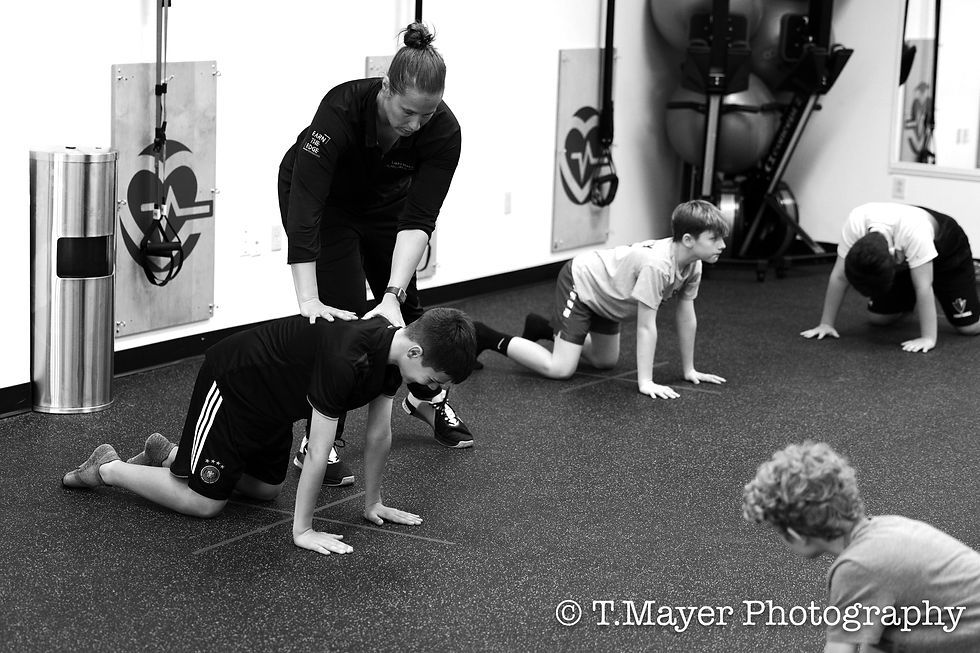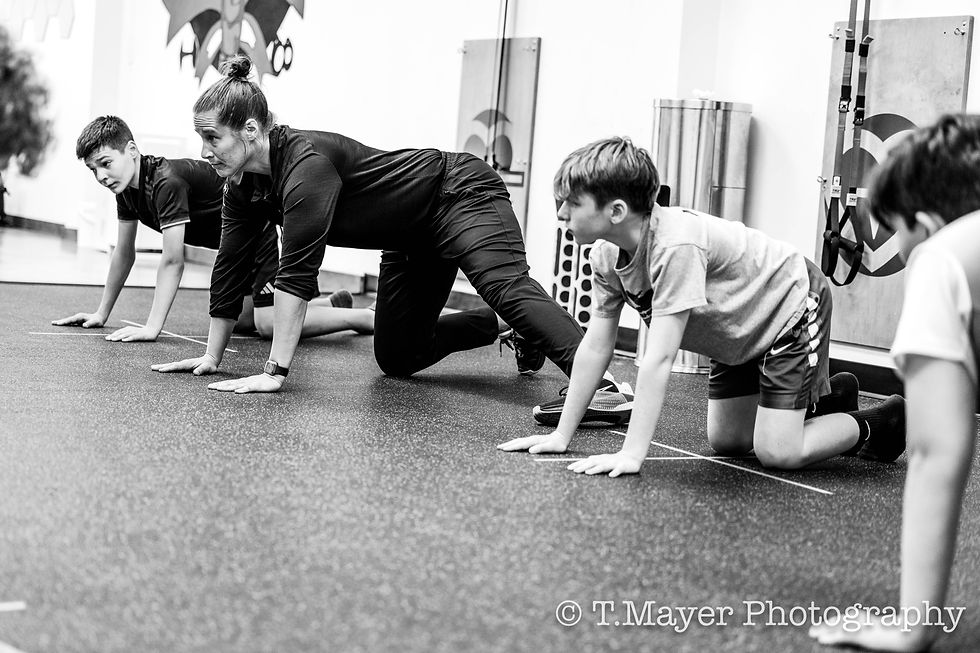
The Importance of In-Season Training: Elevating Athletic Performance and Reducing Injury Risk
- Laura Baden
- Jul 8, 2024
- 2 min read
As a sports performance professional dedicated to optimizing athletic performance, one of the critical areas often overlooked is the significance of in-season training. Many athletes and coaches tend to reduce or even halt training during the competitive season, fearing it may lead to overtraining or detract from game performance. However, research consistently underscores the pivotal role of structured in-season training in maintaining peak performance levels and mitigating the risk of injuries, ultimately culminating in championship-level success.
Timing and Impact of Strength and Speed Losses

Research has shown that the gains in strength and speed achieved during preseason can diminish rapidly without maintenance training. Häkkinen and colleagues (1985)
demonstrated that the cessation of resistance training can lead to a noticeable decline in strength gains within just a few weeks. Specifically, athletes can experience reductions in maximal strength, explosive power, and speed capabilities, all of which are crucial for competitive success (Kraemer et al., 1995).
Injury Rates and the Non-Training Athlete
Athletes who cease structured training during the competitive season are at heightened risk of injury. A study by Emery and colleagues (2013) found that non-training athletes exhibited higher rates of musculoskeletal injuries compared to those who maintained structured training programs throughout the season. This underscores the protective effect of ongoing training in reducing injury risk.
Periodization of Training Volumes and Intensity

Effective in-season training involves careful periodization, balancing training volumes and intensity to avoid overtraining while optimizing performance. A review by Mujika and Padilla (2003) outlines strategies such as reduced training loads on competition weeks, strategic recovery periods, and targeted maintenance of strength and power through specific exercises and drills.
The Crucial Role of Continuing Training in Season
Continuing to train during the competitive season is essential for several reasons:
Maintaining Physical Conditioning: Consistent training preserves cardiovascular

fitness, strength, and neuromuscular adaptations gained during the offseason.
Injury Prevention: By addressing muscular imbalances, maintaining mobility, and refining movement patterns, athletes can mitigate injury risks inherent in high-intensity competition.
Peak Performance Timing: In-season training allows athletes to peak strategically for playoffs and championship events, a concept integral to the success of elite athletes (Fry et al., 1992).
Conclusion
In conclusion, in-season training is not merely an optional component but a crucial determinant of athletic success. It serves to preserve hard-earned gains, mitigate injury risks, and strategically peak performance for critical competitive events. By adhering to scientifically-backed principles of periodization and maintaining consistency in training throughout the season, athletes can optimize their chances of achieving peak performance when it matters most.
Remember, the road to championship glory begins with a commitment to training excellence, year-round.
References:
Häkkinen, K., et al. (1985). Changes in physical fitness profile during the competitive season in elite weight lifters. International Journal of Sports Medicine, 6(3), 145-150.
Kraemer, W. J., et al. (1995). Detraining produces minimal changes in physical performance and hormonal variables in recreationally strength-trained men. The Journal of Strength & Conditioning Research, 9(3), 228-235.
Emery, C. A., et al. (2013). Are we getting any better at managing the risk of sport and exercise-related injury? The Physician and Sportsmedicine, 41(3), 33-38.
Mujika, I., & Padilla, S. (2003). Scientific bases for precompetition tapering strategies. Medicine & Science in Sports & Exercise, 35(7), 1182-1187.
Fry, A. C., et al. (1992). Overtraining in athletes: An update. Sports Medicine, 13(1), 1-7.




Comments